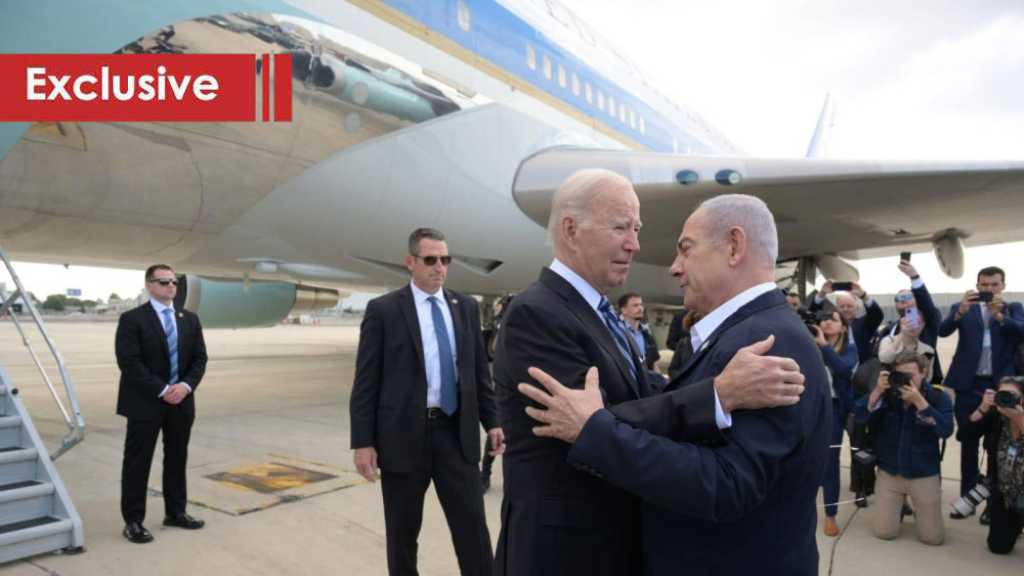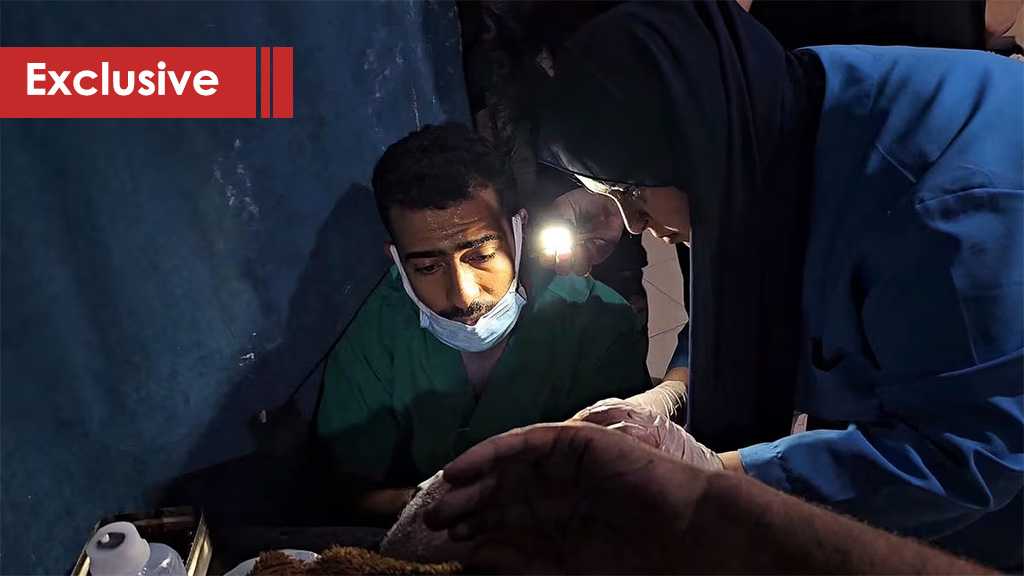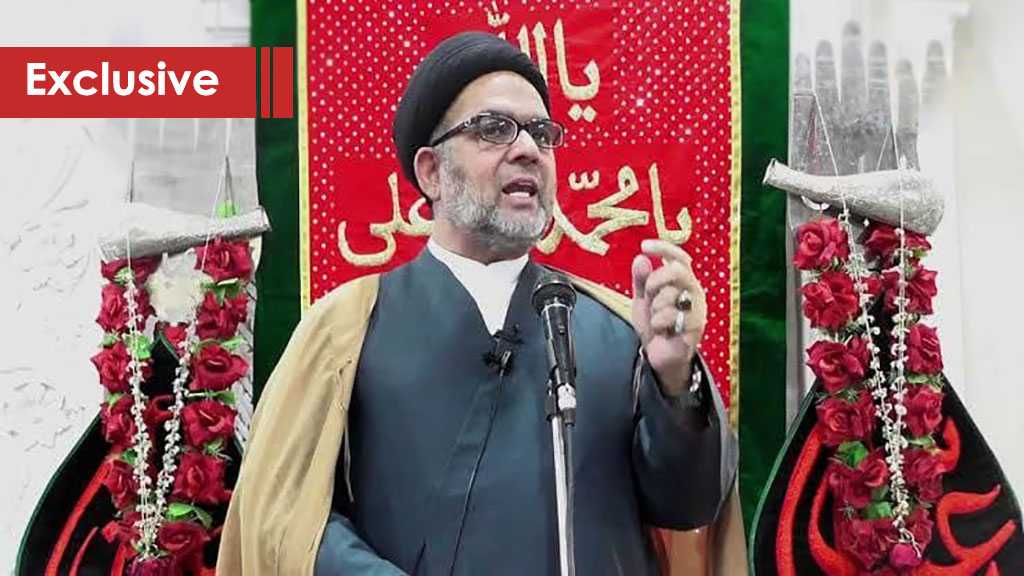
All You Need to Know: Nowruz and the Haft Seen
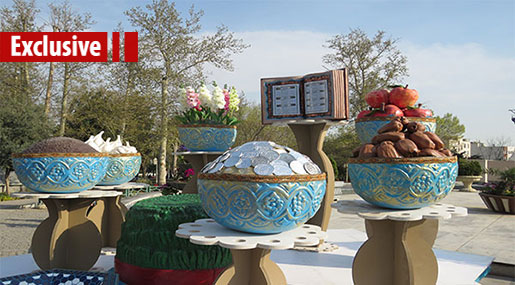
Nour Rida
Most of the world celebrates the New Year in December, which is according to the Gregorian calendar. However, Iran is one of the countries (with ancient consecutive civilizations) which celebrate the New Year on the first day of spring every year; it is the famous Nowruz that not many people know what it really holds within its folds.
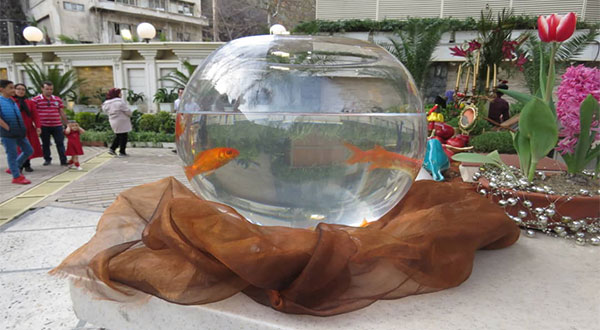
Nowruz, or "new day" in Persian, is an ancient festival that marks the beginning of spring and celebrates the rebirth of nature. This holiday is also the time for spring cleaning (known as Khouneh Tikkuni in Farsi), buying new clothes and furniture, visiting friends and family and bonding with loved ones.The celebrations end on the 13th day after Nowruz, where in ancient times Iranians used to believe that it is an unlucky day and they must be out in the nature. They take their Sabze or sprouts with them to throw it in flowing water or just outside in the nature as a symbol of "letting go all the misfortunes of the New Year". This day has become known recently as "Day of Nature".
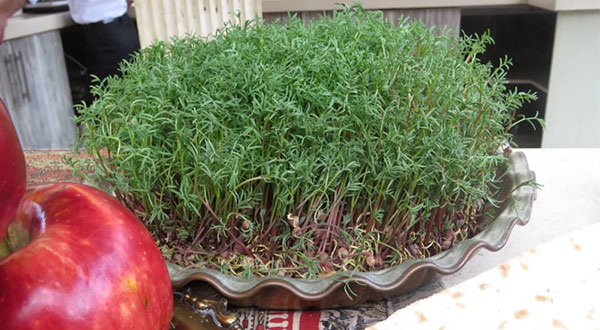
Right before the holiday, the streets, Bazars and shops are packed with people who shop for the ceremony, and prepare for the special foods to be cooked over the holidays.
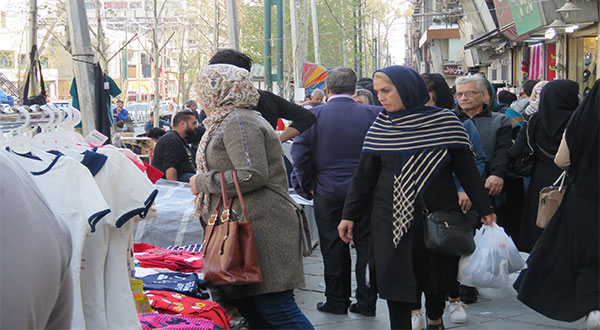
The most important element in this holiday is a table setting with 7 different items which its essential items letters start with (Sin-Seen "?"- S), as well as some other items which do not start with seen is what you see in every Iranian house, institution, faculty lobby, hotel and other. Each and every item on this table holds for a certain meaning.
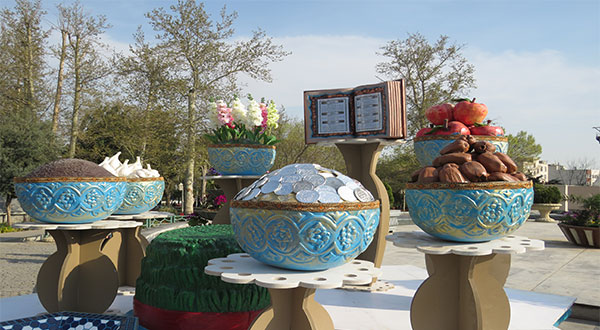
The first item on the table is apple, "Sib" in Farsi, is a main symbol of health. Iranians have a prevalent proverb very similar to that in English; "an apple a day keeps the doctor away". Some also believe it stands for beauty. "Sabzi" is another item which is Farsi for grass. It is another major element of the Haft Sin table which is symbol for greenery and nature. People keep this sprout or grass on their table until the end of the holidays.
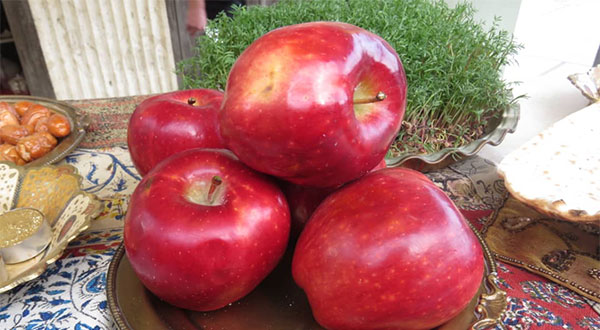
Iran is known for its traditional medicine, and this is where the third element comes from. "Senjed"; known as sea buckthorn (which is a species of flowering plant which gives sweet fruit). "Senjed" is used in traditional medicine to invigorate the memory, and its stands as a symbol of wisdom. Some also say that this dried fruit stands for love. A fourth item is "Serkeh"; vinegar. It symbolizes disinfection and also satisfaction. Vinegar is used in Persian literature as a symbol for patience that comes with aging. "Samanu" is the fifth item also of which the 7 S's consist, with is a sweat paste prepared from germinated wheat and is especially homemade for the Nowruz holiday. This paste is a symbol of power and bravery and it has been famous in Iran since pre-Islamic times. The sixth component is "Seer" meaning garlic, which stands for good health. Finally comes the last and seventh component which is "Summac", a spice made from crushed from a sour red berries-like plant and it stands for the rise of a new day.
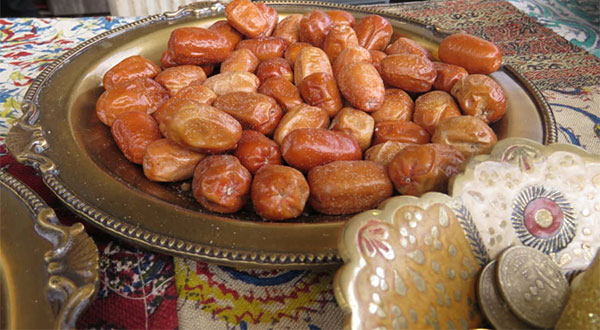
Sometimes items can be replaced by others starting with the letter S; such as "Sikkeh" which means gold coins that stand for prosperity, or "Sepand" (esfand), seeds of wild rue often placed in a small incense burner and burned just after the turn of the year.

Other items as well are used in the Haft Seen table; which includes a mirror symbolizing reflection, colored eggs for fertility, and a live goldfish for new life (many families collect rain water earlier in which they keep the fish later). Also, the Quran or the Hafez Divan can be part of the table. The center of the table is normally occupied by a vase of flowers, customarily hyacinth known as "Sonbol" in Farsi.
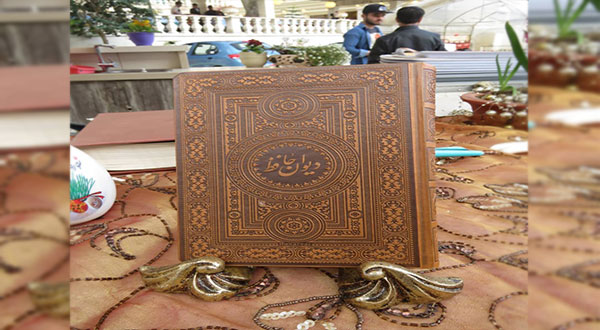
In 2009, the United Nations first recognized International Nowruz Day, as it is celebrated in countries around the world. Nowruz has been celebrated for more than 3,000 years, and traditionally begins the very moment that the sun crosses the equator on the vernal equinox. The holiday has roots in the ancient Zoroastrian religion (believed to be an Abrahamic religion) and marks the first day of the official Iranian calendar. Also, Muslims celebrate Nowruz as a religious holiday that has roots in Islam as well, where they pray for wellbeing for the coming year.
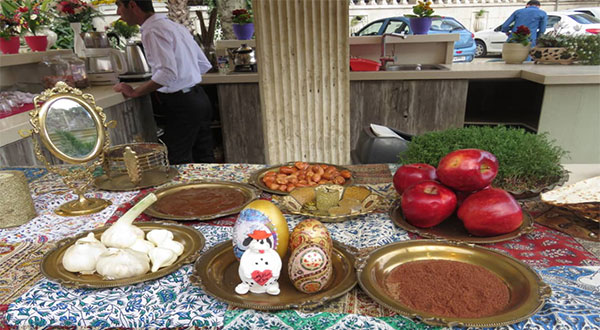
Nowruz is celebrated across the Middle East, Central Asia, and the Caucasus. Also, countries celebrating Nowruz include Iran, Iraq, Afghanistan, Georgia, Kyrgyzstan, Tajikistan, Uzbekistan, India and Albania.

Iranians congratulate one another on this holiday, even if they were strangers to one another on the streets; a scene that is common during the last days of the past year and the few first weeks of the New Year.

Also, politicians give great importance to this day. The leader of the Islamic Revolution Seyyed ali Khamenei gives a speech and wishes the Iranians a good new year and assigns a new title to the year which resembles a challenge or achievement that the Iranians should try to attain.
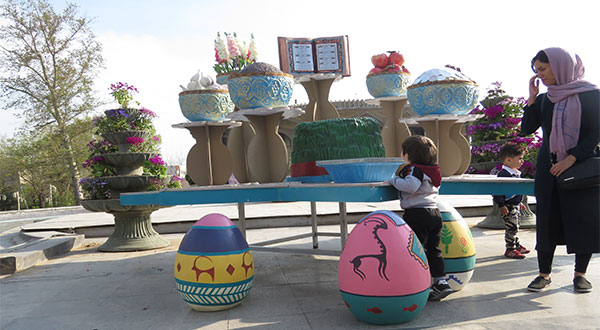
One of the most famous greetings also is that of the renowned Iranian foreign minister, Mohammad Javad Zarif, who tweeted on the 20th of March "Nowruz heralds the arrival of spring & is the harbinger of rebirth & hope. For millennia, Iranians have been relentless in striving for the cause of good: "Bring the Spring we must; banish the Winter we should." I wish all celebrating #Nowruz a happy, healthy & peaceful new year."
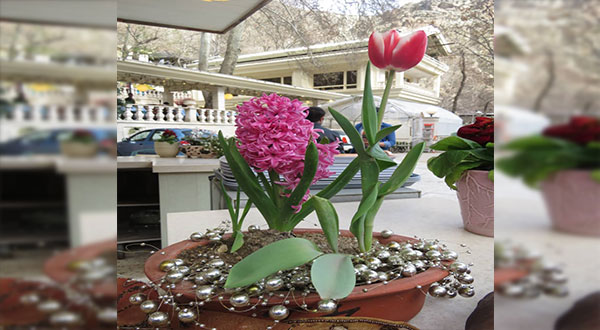
At the end of the day, the elements of the Haft Seen might vary a bit, but the spirit of the holiday is one; a greener life and a new beginning.
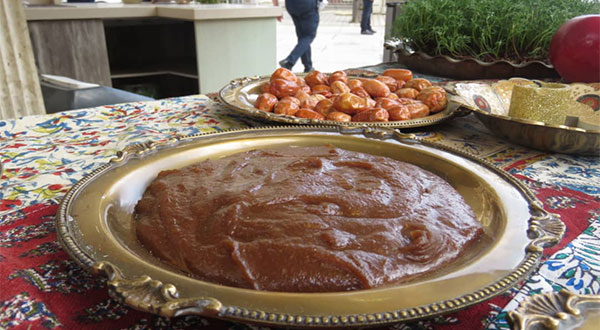
Source: Al-Ahed
